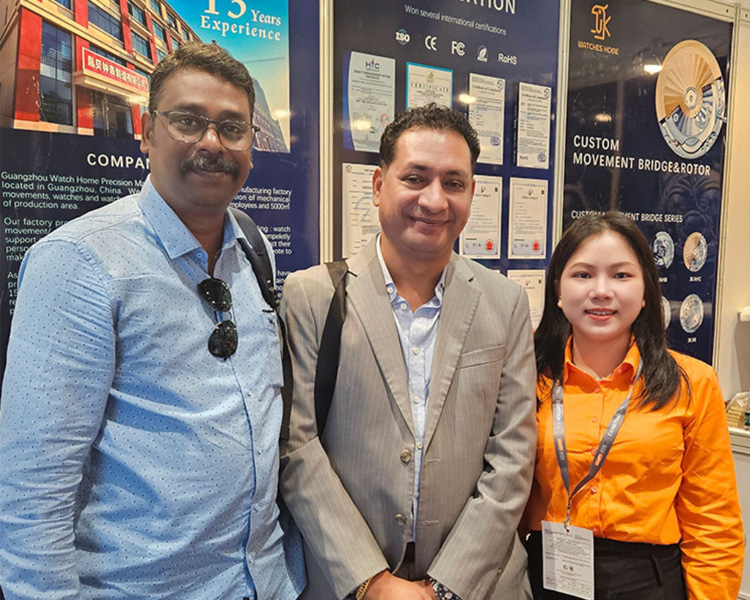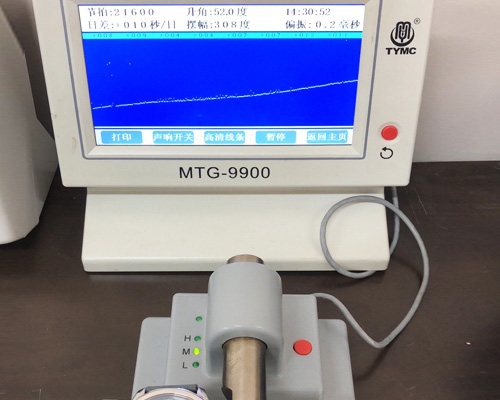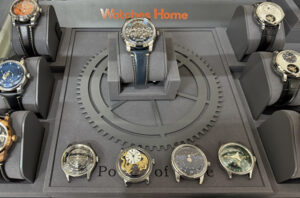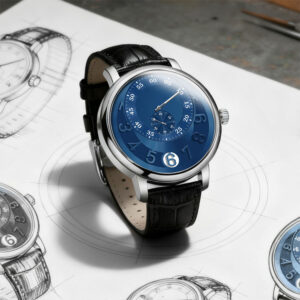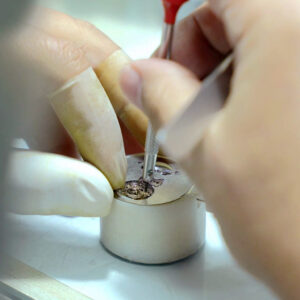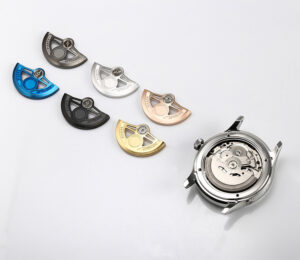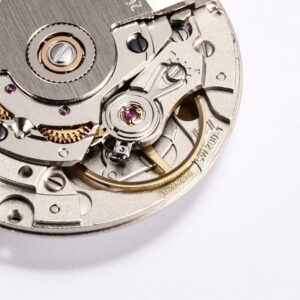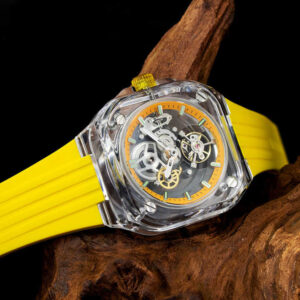How Accurate Are Mechanical Watches? A Buyer-Oriented Guide
For wholesale buyers, accuracy is more than a technical detail—it’s a contractual standard and a branding factor. This guide explains expected accuracy benchmarks, key influences, contract terms, QC gates, and procurement strategies.
1. Accuracy Benchmarks You Can Expect
In real-world usage, mechanical watches show varying daily deviation depending on movement grade:
-
Mass-market: ±5–15 seconds/day
-
Mid-tier automatic: ±5–10 seconds/day with factory QC
-
COSC-certified chronometers: -4/+6 seconds/day, tested over 15 days in 5 positions (COSC Official Standards)
-
Quartz comparison: ±0.5–1 second/day
📊 Table:
| Category | Accuracy Range | Certification |
|---|---|---|
| Basic Mechanical | ±10–20 s/day | None |
| Mid-tier Automatic | ±5–10 s/day | Factory QC |
| COSC Chronometer | -4/+6 s/day | COSC Certified |
| Quartz | ±0.5–1 s/day | N/A |

2. Why Accuracy Varies (Key Influences)
Several external and mechanical factors influence precision:
-
Temperature shifts: Metal expansion/ contraction changes balance spring tension.
-
Positional variance: Dial-up vs crown-up differences up to 15 s/day.
-
Magnetism exposure: Modern electronics easily disturb oscillation.
-
Lubrication & wear: Oil aging adds friction and error.
Innovations are closing these gaps:
-
High-frequency balances (36,000 vph, up to 10–18 Hz).
-
Hybrid systems like Seiko’s Spring Drive at ±1 s/day (Seiko Technical Reference).
📊 Chart suggestion: Error range per factor.
3. Contract-Grade Accuracy Terms (RFQ Essentials)
For OEM/wholesale, accuracy must be defined in RFQ clauses:
-
Daily Rate: ±10 s/day after 24h stabilization.
-
Temperature Range: ≤ ±5 s/day between 5–35°C.
-
Positional Deviation: ≤15 s across 5 orientations.
-
Warranty: Out-of-spec = repair or replacement. https://www.cosc.swiss/
📊 Table:
| Spec Type | Clause | Test Method |
|---|---|---|
| Daily Rate | ±10 s/day | Timegrapher 24h |
| Temperature | ±5 s/day | Chamber test 5–35°C |
| Position | ≤15 s diff | 5-position test |
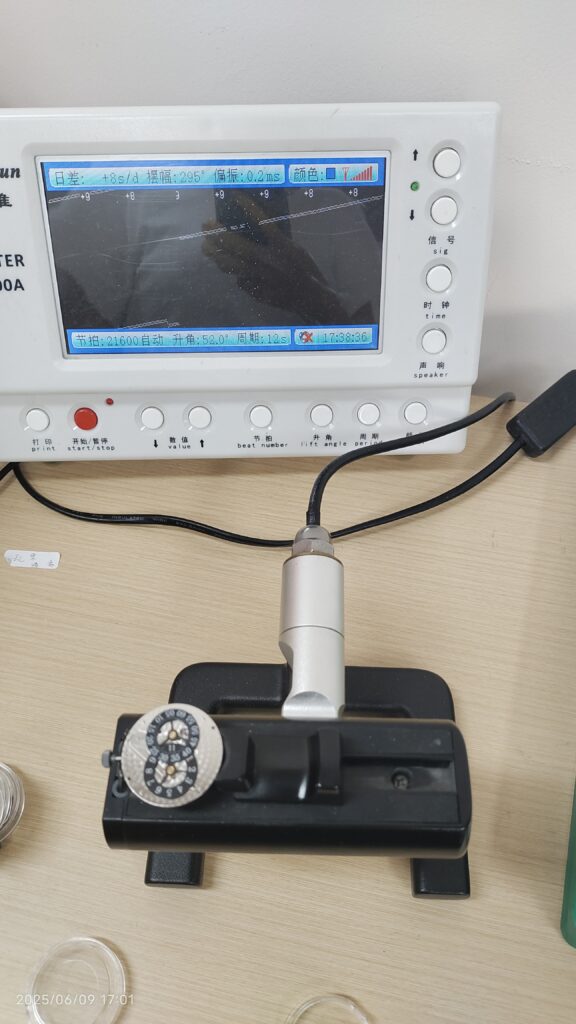
🔗 Internal link: https://watcheshome.com/product/jumping-hour-movement/
4. QC Process & Sample Gates
Structured QC reduces disputes and strengthens supplier accountability:
-
Gate A – Fit & Function: Winding, crown, date change.
-
Gate B – Timing Stability: Amplitude >270°, beat error <0.8ms.
-
Gate C – Cosmetic & Consistency: Dial, hands, casing alignment.
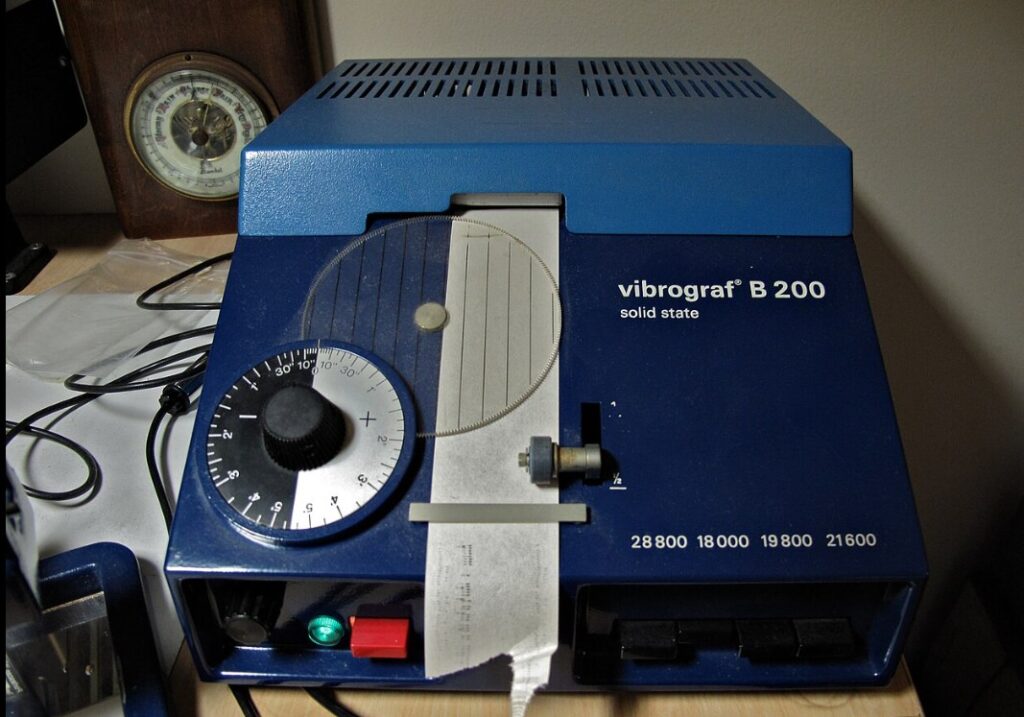
🌐 Authority source: Wikipedia – Timegrapher
5. Procurement Strategy & Technology Trends
Accuracy is both specification and brand positioning:
-
COSC vs Non-COSC: COSC adds ~$150/movement, boosting luxury perception.
-
High-beat movements: 36,000 vph signals technical prestige.
-
Hybrid innovations: Spring Drive, Atomic-sync cater to niche collectors.
📊 Matrix:
| Accuracy | Cost | MOQ | Brand Impact |
|---|---|---|---|
| ±10 s/day | Low | High | Mid-market reliable |
| ±4 s/day (COSC) | Medium | Mod. | Luxury positioning |
| ±1 s/day Hybrid | High | Low | Prestige/Innovation |
6. Final Takeaways
-
Typical accuracy: ±10s/day; COSC-certified better.
-
Procurement key: Define specs, enforce QC gates, audit suppliers.
-
Strategy: Align accuracy with segment—mid-tier (±10s/day), luxury (COSC), innovation (hybrid).
